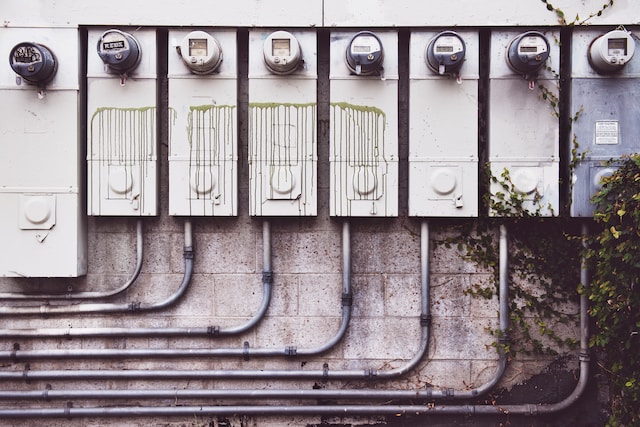What Is The Process of Seamless Stainless Steel Pipes?
Top 5 Paper Shredders for secure document disposal
31/10/2024What Is a Shot Blaster Used For? Essential Surface Preparation Applications
28/06/2025Seamless stainless steel pipes are widely used in industries such as oil and gas, chemical processing, and construction due to their strength, corrosion resistance, and durability. The manufacturing process involves several precise steps to ensure high-quality pipes.
How Is Seamless Stainless Steel Pipe Made?
1. Raw Material Selection
The process begins with selecting high-quality stainless steel billets. These billets are solid cylindrical bars made from alloys containing chromium, nickel alloy seamless pipe, and other elements to enhance corrosion resistance and strength.
2. Heating the Billet
The stainless steel billet is heated in a furnace to a high temperature, typically between 1,200°C and 1,300°C. This makes the metal more malleable and easier to shape during the extrusion process.
3. Piercing and Extrusion
A piercing rod is forced through the center of the heated billet to create a hollow shell. This shell is then elongated and shaped using a mandrel mill or extrusion press to form a seamless pipe.
4. Rolling and Sizing
The pipe undergoes further rolling to achieve the desired diameter and wall thickness. Cold rolling or hot rolling methods may be used, depending on the required specifications.
5. Heat Treatment
To enhance mechanical properties and relieve internal stresses, the pipe is heat-treated through processes like annealing, quenching, or tempering.
6. Finishing and Inspection
The pipe is cut to length, descaled, and polished. Rigorous quality checks, including ultrasonic testing and hydrostatic pressure tests, ensure the pipe meets industry standards.
Seamless stainless steel pipes are a critical component in demanding applications, and their precise manufacturing ensures reliability and performance.
Why Choose Nickel Alloy Seamless Pipe?
Nickel alloys offer a unique combination of properties that make them ideal for use in challenging environments. Some of the key benefits include:
- Corrosion Resistance: Nickel alloys are known for their excellent resistance to oxidizing and reducing acids, enabling them to perform reliably in aggressive environments.
- High-Temperature Stability: These alloys maintain their strength and integrity at elevated temperatures, making them suitable for applications involving heat.
- Ductility and Toughness: Nickel alloy seamless pipes can be formed and shaped without losing their mechanical properties, which is crucial for installations requiring tight bends and complex geometries.
- Weldability: The ease of welding nickel alloys allows for versatile design options and efficient installation processes.
What is the difference between welded and seamless pipes?
Seamless pipes are made from a solid piece of metal and do not have any welds, leading to higher strength and reliability compared to welded pipes, which can be weaker at the seams.

